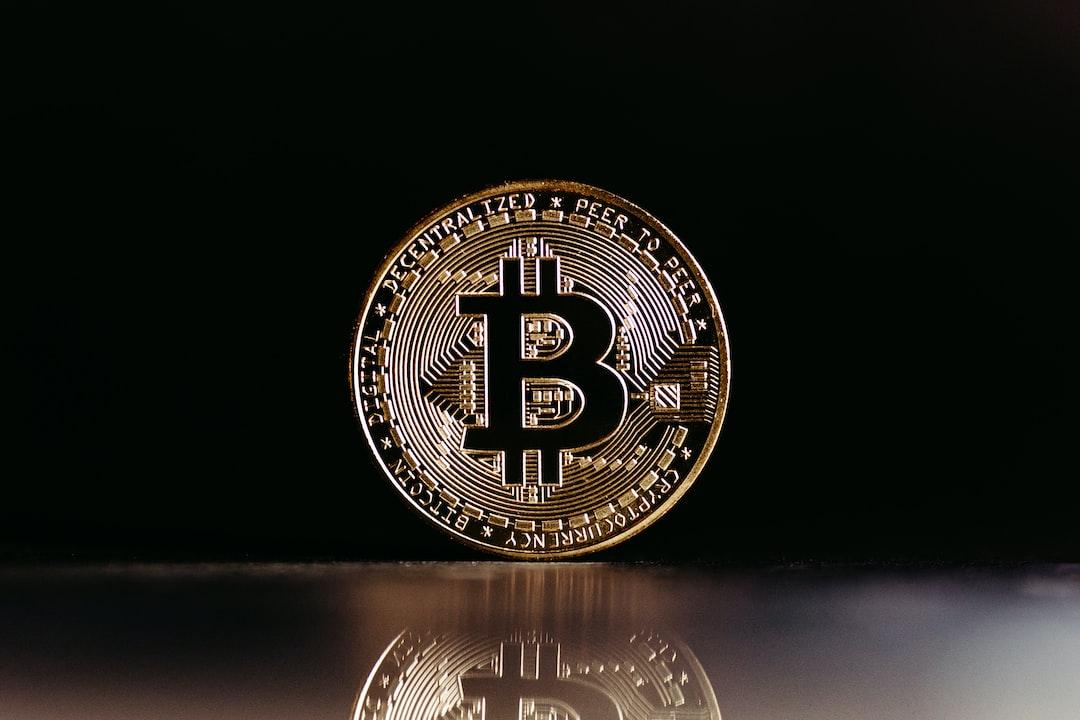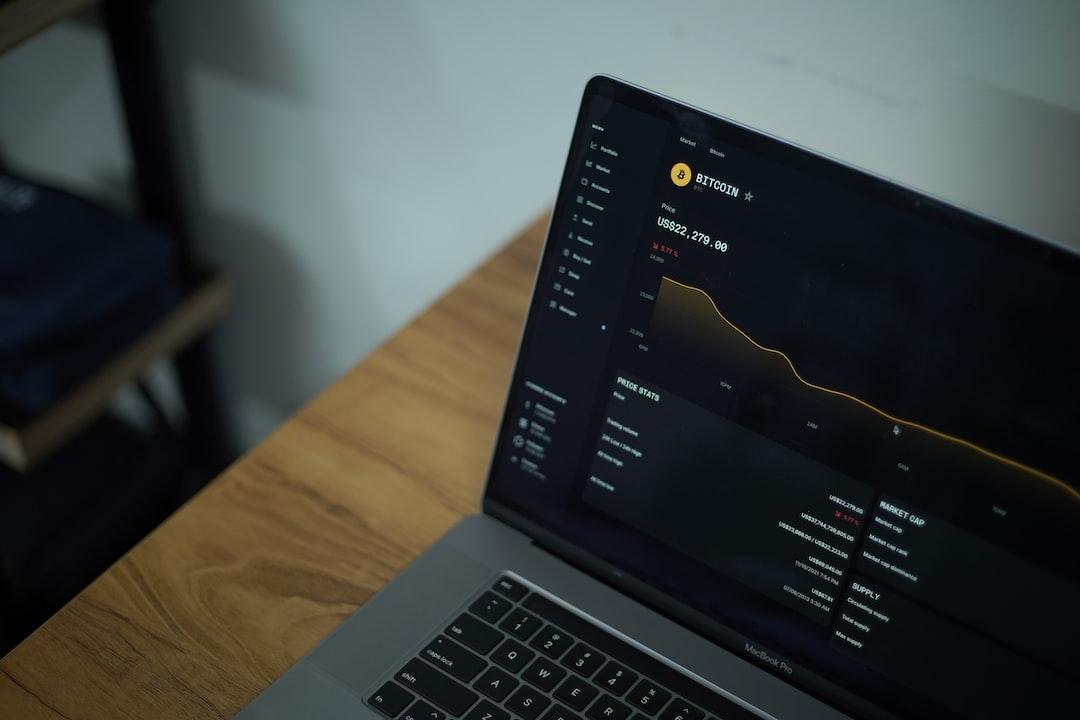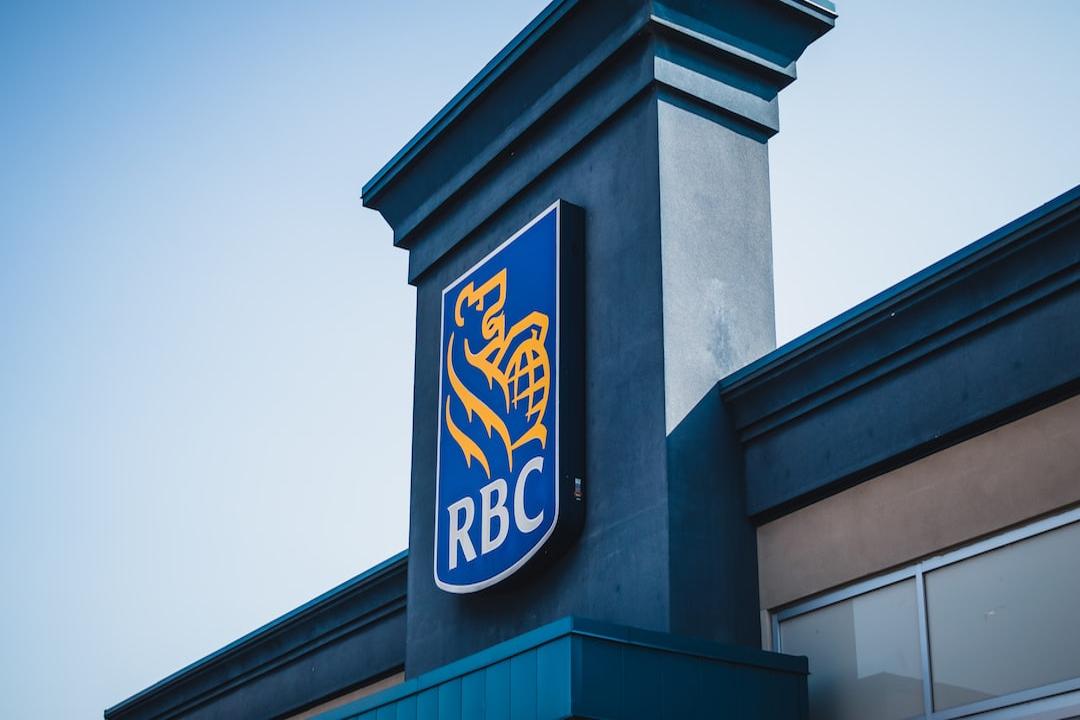Crypto News Report:
Over the past few years, Ethereum has made significant strides, completing its roadmap transition from Proof of Work (PoW) to Proof of Stake (PoS) with “The Merge.” Recently, Ethereum also underwent the “Dencun” upgrade, featuring proto-danksharding, which has made Layer 2 transactions significantly cheaper.

Prior to Dencun, transactions on Layer 2 cost around $0.50, whereas now, most transactions on Layer 2 chains cost only a cent or two. This change has greatly facilitated the expansion of new applications on Ethereum.

Since the Dencun upgrade, daily transaction volumes on Arbitrum and Base have surpassed those on the Ethereum mainnet, a trend that continues unchanged. While Ethereum’s scalability still faces challenges, this marks a crucial step in the right direction, with infrastructure seeing substantial improvements since the previous cycle. In recent months, activity and transaction volumes on Arbitrum and Base chains have surged, potentially hinting at just the tip of the iceberg for this cycle.
Layer 3 Expansion
The initial rollups for Ethereum included Optimism and Arbitrum, both utilizing Optimistic rollups technology. Currently, there’s a growing emergence of Layer 2 Optimistic and zero-knowledge rollups, mostly classified as generic solutions. The choice of which rollup to run or build on depends on the required feature set and security needs of applications. For instance, applications like Uniswap can operate on a generic Layer 2 solution such as Arbitrum One. However, for crypto games or NFT projects needing higher throughput or extremely low transaction fees (e.g., $0.0001), Layer 3 solutions come into play.

Examples of Layer 3 frameworks include Arbitrum Orbit and zkSync Hyperchains. While Layer 3 is still in its early stages, future changes and improvements can be expected. The core idea of Layer 3 is to further expand Ethereum by creating highly customizable, cheap, fast, and interoperable chains, offering varying degrees of security and decentralization.
Degen Chain (DEGEN)
Degen Chain is an innovative emerging blockchain launched in January 2024, quickly gaining attention, achieving a fully diluted valuation (FDV) exceeding $2 billion within three months of its launch.

Initially introduced on Farcaster’s Degen channel, this new social app allows users to “tip” quality content.
Degen is built on Arbitrum Orbit, settling on Base, and achieves Data Availability (DA) through AnyTrust. The chain’s initial hype led to a spike in Total Value Locked (TVL), stabilizing thereafter, with DEGEN’s price adjusting accordingly.
Sanko (DMT)
Another intriguing Layer 3 application is Sanko, built on Arbitrum Orbit, settling on Arbitrum L2, and achieving Data Availability (DA) through AnyTrust. Sanko focuses primarily on the NFT and gaming sectors, leveraging Layer 3’s advantages of low cost and high throughput. Sanko’s native token DMT has performed impressively in 2024.

Dream Machine is an interesting application of Sanko Layer 3, and Sanko itself serves as a platform integrating social and gaming features. Sanko.TV combines gaming and streaming entertainment, allowing users to purchase passes to support their favorite streamers and gain access to private chat rooms, similar to how Friend.tech operates.

Sanko demonstrates the customizability of Layer 3 chains, showcasing its potential. The rise in DMT’s price reflects sustained interest in Sanko’s content, and its innovative blend of gaming and social aspects presents a compelling value proposition. With social applications gaining momentum, Sanko is undoubtedly a project worth watching.
The Future of Layer 3
Layer 2 mainnets have been operational for several years, significantly advancing Ethereum’s scalability. While the scalability roadmap continues to evolve, Layer 3, with its high degree of customizability, seems like the logical next step. Numerous projects are currently experimenting on Layer 3, with varying degrees of progress.
However, an interesting use case and short-term hype do not necessarily equate to a sound investment. In the cases we’ve discussed (DEGEN and DMT), native tokens have experienced significant volatility, and these chains are far from proven. Nevertheless, with Layer 2 now expanded and transaction costs reduced to just a few cents, opportunities and use cases have expanded significantly. It’s crucial to monitor trends in application types driven by increased throughput and customizability, as Layer 3 undoubtedly brings forth intriguing investment opportunities
Subscribe to Updates
Get the latest creative news from FooBar about art, design and business.
L1 and L2 Projects Stealing the Spotlight What Other L3 Projects are Worth Watching
Add A Comment

